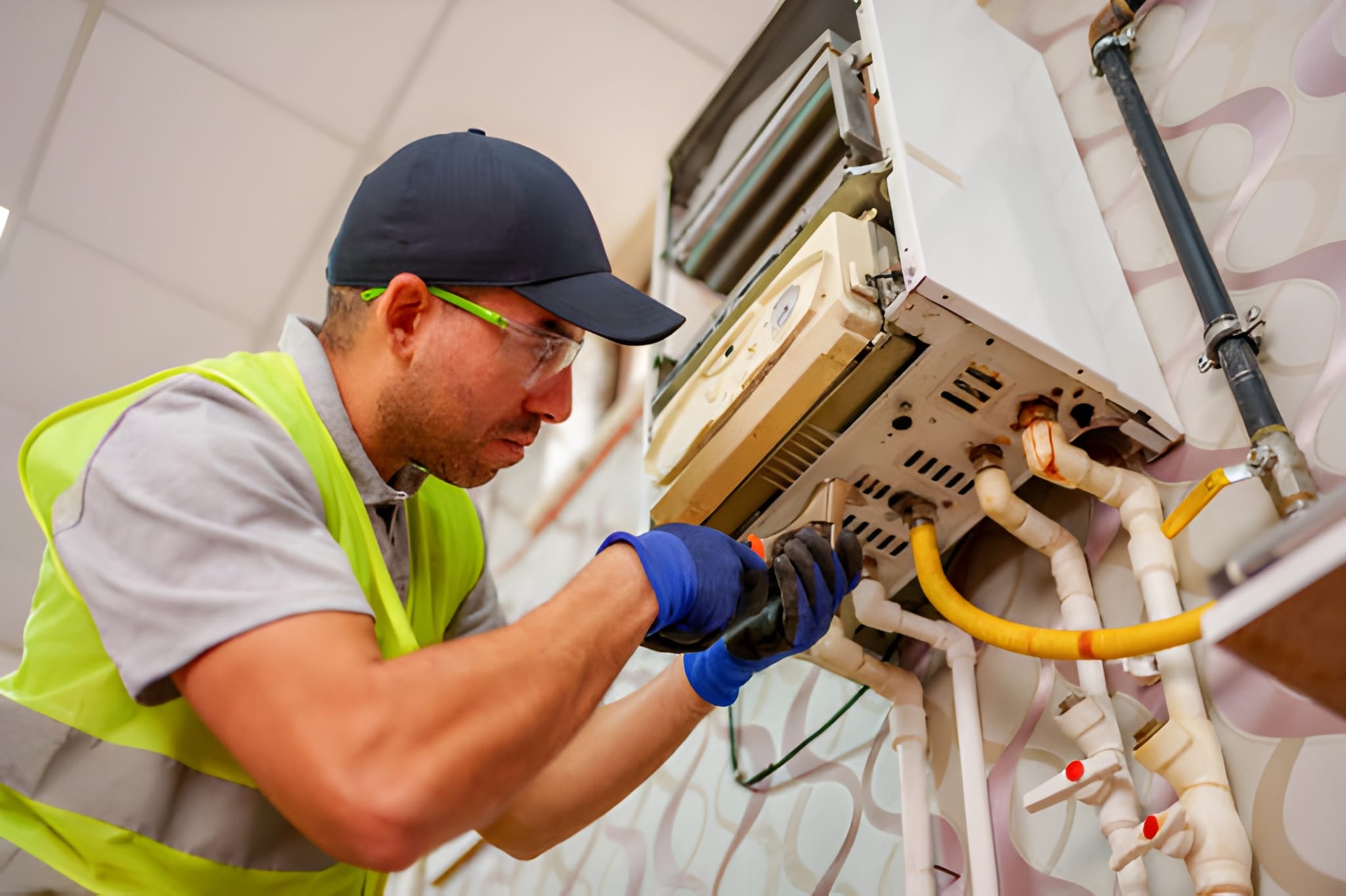Furnace Maintenance in Woodinville, WA
Furnace Maintenance in Woodinville, WA
Keeping your furnace in top condition is essential for safety, reliable heat, and efficient energy use in Woodinville, WA. Routine furnace maintenance prevents surprise breakdowns during the cold, wet months, preserves equipment warranties, and lowers operating costs. Here we explain what professional furnace maintenance includes, why bi-annual and annual service matters for Woodinville homes, common local issues, what to expect during a service visit, and the advantages of a maintenance plan with priority scheduling and discounts.
Why furnace maintenance matters in Woodinville, WA
Woodinville’s Pacific Northwest climate brings cool, damp winters and occasional cold snaps. Moisture and seasonal pollen can stress furnace components, clog filters faster, and promote corrosion in older systems. Wildfire smoke in late summer can also load filters and indoor air systems, while older homes in the area may have venting or draft issues that need checking. Regular maintenance specifically addresses these regional stressors to keep your home safe and comfortable.
Common furnace problems in Woodinville homes
- Dirty or clogged filters from seasonal pollen, smoke, and indoor dust
- Reduced HVAC efficiency and rising energy bills
- Uneven heating or short-cycling caused by airflow restrictions
- Ignition or pilot issues after long idle periods
- Corroded or blocked venting and flue systems due to moisture
- Failing blower motors, belts, or bearings accelerated by heavy use
- Cracked heat exchangers or burner inefficiencies that pose safety concerns
Understanding these typical issues makes it clear why timely preventative care pays off: it reduces emergency repairs and extends the life of your furnace.
Bi-annual vs annual maintenance — which one is right?
- Bi-annual (recommended for most furnaces/air handlers): Two visits per year (fall and spring) are ideal when your system switches between heating and cooling seasons. Bi-annual service helps catch problems early, maintains efficiency, and aligns with EPA and industry recommendations for indoor unit care.
- Annual (acceptable for some newer, simple systems): One full inspection each year may be sufficient for low-usage homes or heat pumps maintained under different schedules. Annual plans still provide important safety and efficiency checks but may not catch seasonal wear as quickly as bi-annual visits.
Typical furnace maintenance checklist (bi-annual and annual)
The following items are standard parts of a professional furnace tune-up and safety inspection. Technicians tailor the checklist based on your furnace model and system history.
- Filter replacement or inspection (replace or advise frequency based on filter type)
- Visual safety inspection of the furnace cabinet and surrounding area
- Burner inspection and cleaning to ensure complete combustion
- Heat exchanger inspection for cracks, corrosion, and leaks
- Ignition system and flame sensor cleaning and testing
- Combustion and carbon monoxide (CO) testing for safe operation
- Gas pressure and valve operation check (for gas furnaces)
- Venting and flue inspection to confirm clear, properly pitched exhaust
- Blower motor, wheel, belt, and capacitor inspection and lubrication as needed
- Thermostat calibration and control function check
- Electrical connection tightening and safety assessment
- Efficiency tuning: measuring temperature rise, airflow, and system cycling
- Condensate drain and trap inspection (where applicable)
- Written service report with recommendations and prioritized repairs
What happens during a maintenance visit
A professional visit is methodical and safety-focused. Expect these steps:
- Initial walkthrough and homeowner concerns: technician notes any past issues.
- System shutdown following safety protocol and power isolation.
- Component inspection and cleaning based on the checklist above.
- Functional testing: ignition, burner operation, blower performance, and safety interlocks.
- Combustion and CO testing to verify safe exhaust and efficiency.
- Review: technician provides a clear report of findings, recommended repairs, and projected lifespan concerns.
Technicians will document performed tasks and parts replaced and log the service date—useful for warranty preservation.
How maintenance preserves warranties and reduces emergency repairs
Many manufacturers require documented routine maintenance to keep warranties valid. A maintained system runs more efficiently and is less likely to fail suddenly. Preventative maintenance reveals worn parts before they break, reduces instances of carbon monoxide risk from incomplete combustion, and minimizes costly emergency service calls during freezing nights. In short, timely tune-ups protect your investment and your family.
Maintenance agreements, priority scheduling, and discounts
Maintenance agreements typically bundle scheduled visits, documented inspections, and preferred benefits such as:
- Priority scheduling during high-demand winter months
- Discounts on parts and labor for covered HVAC services
- Reduced or waived diagnostic/trip fees for enrolled systems
- Seasonal reminders to schedule fall and spring visits
- Documented service history to meet warranty requirements
Local programs often include community discounts for teachers, military members, and seniors. These agreements are designed to simplify upkeep, provide cost predictability, and deliver faster service when problems arise.
Energy, safety, and comfort benefits
- Lower energy bills through optimized combustion and airflow
- More consistent indoor temperatures and quieter operation
- Reduced risk of carbon monoxide exposure and unsafe operation
- Fewer mid-winter emergency repairs and longer equipment life
- Better indoor air quality when filters and ducts are maintained
Owner maintenance tips between professional visits
- Replace or check disposable filters every 1–3 months; washable filters should be cleaned per manufacturer guidance
- Keep supply vents and returns unobstructed to preserve airflow
- Ensure the furnace area stays dry and free from stored items or flammable materials
- Note any odd noises, odors, or cycling behavior and record timing for the technician
- Test CO detectors monthly and replace batteries annually
Routine professional maintenance tailored to Woodinville conditions prevents small issues from turning into costly breakdowns, preserves warranties, and keeps your home safe and efficient through the season. Regular service, documented inspections, and a clear maintenance plan are the most reliable ways to protect your heating system and maintain year-round comfort in Woodinville, WA.

Customer Testimonials
Service Areas


